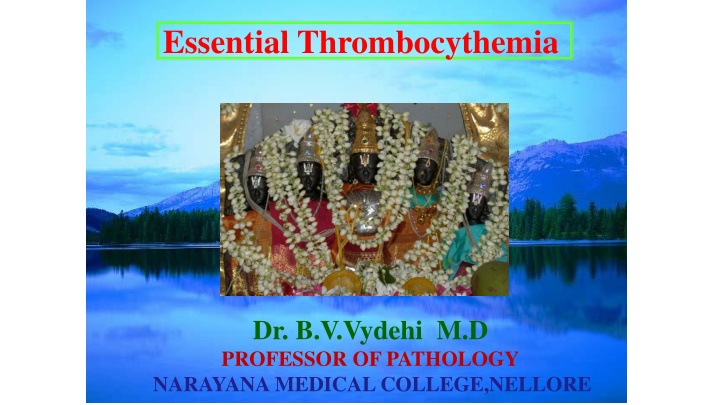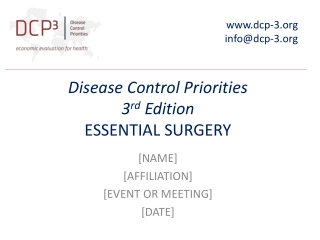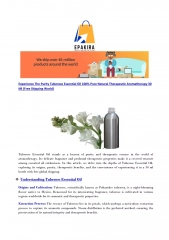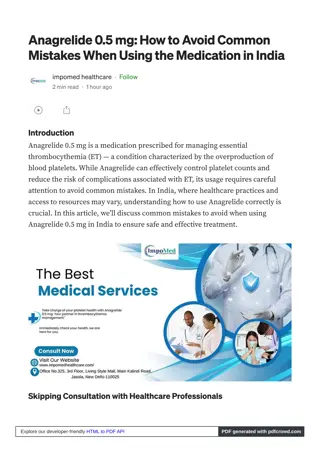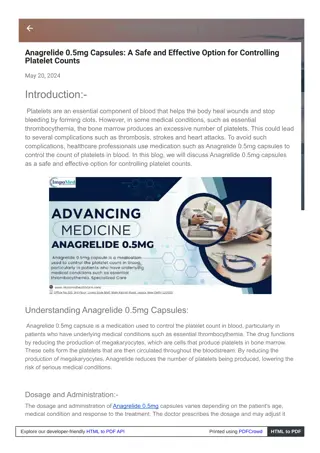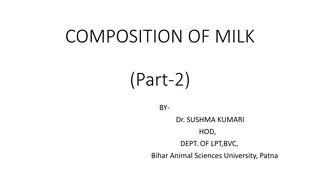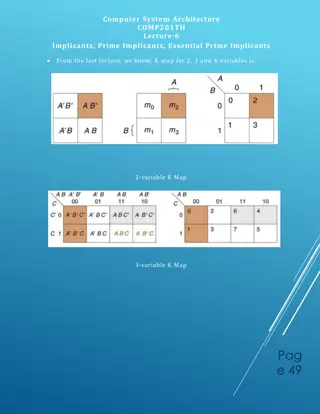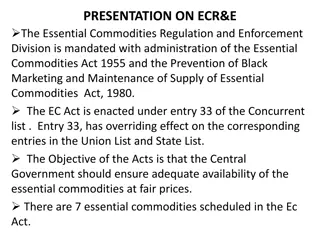Essential Thrombocythemia
Essential thrombocythemia (ET) is a rare blood disorder characterized by increased platelet production. It is diagnosed through exclusion criteria and distinguished from reactive thrombocytosis based on clinical and laboratory features. Patients with ET may experience complications such as hemorrhage and thrombosis, with a median survival time of 12 to 15 years. Learn about the diagnostic criteria, prognosis, and differentiation from reactive thrombocytosis.
Download Presentation

Please find below an Image/Link to download the presentation.
The content on the website is provided AS IS for your information and personal use only. It may not be sold, licensed, or shared on other websites without obtaining consent from the author.If you encounter any issues during the download, it is possible that the publisher has removed the file from their server.
You are allowed to download the files provided on this website for personal or commercial use, subject to the condition that they are used lawfully. All files are the property of their respective owners.
The content on the website is provided AS IS for your information and personal use only. It may not be sold, licensed, or shared on other websites without obtaining consent from the author.
E N D
Presentation Transcript
Essential Thrombocythemia Dr. B.V.Vydehi M.D PROFESSOR OF PATHOLOGY NARAYANA MEDICAL COLLEGE,NELLORE
Essential Thrombocythemia Increased proliferation & production of megakaryocytic elements Since all CMPD are associated with thrombocytosis, E.T is a diagnosis of exclusion
E.T Laboratory Findings P.B : - Platelet counts : 10 lakhs/cumm - Abnormalities of size, shape & structure are noted - Fragments of megakaryocytes may be seen BM : - Marked hyperplasia of megakaryocytes - Deposition of the reticulin fibrils
PVSG Criteria for ET 1. Platelet count > 6.0 lakh /cumm 2. Hb < or equal to 13 g/dl / Normal RCM 3. Stainable Iron in marrow 4. No Philadelphia Chromosome 5. Collagen fibrosis of marrow A. Absent B. < 1/3 biopsiy area with out splenomegaly & leucoerythroblastic reaction 6. No known cause for reactive thrombocytosis
ET - Prognosis Indolent disorder with long asymptomatic periods Hemorrhage & thrombosis (esp. arterial thrombi) are common complications Median survival time : 12 to 15 yrs Terminally spent phase of marrow fibrosis or transformation to AML can supervene
Causes of reactive thrombocytosis 1. Acute blood loss 2. Iron deficiency 3. Postsplenectomy (upto 2 months) 4. Recovery from thrombocytopenia( rebound ) 5. Malignancies 6. Chronic inflammatory and infectious diseases (inflammatory bowel disease, connective tissue disorders, temporal arteritis, tuberculosis, chronic pneumonitis) 7. Acute inflammatory and infectious diseases 8. Response to exercise 9. Response to drugs 10.Hemolytic anemia
Clinical and Laboratory Features That Distinguish Essential Thrombocythemia from Reactive Thrombocytosis Feature Essential Reactive Thrombocytosis Thrombocytosis Thrombosis or hemorrhage + - Splenomegaly + - Increased acute phase reactants - + Interleukin-6 C-reactive protein Plasma fibrinogen BM reticulin fibrosis + - BM megakaryocyte clusters + - Clonal hematopoiesis + - Spontaneous colony formation + - Abnormal cytogenetics + -
